During the Covid 19 quarantine, I decided to fabricate some parts for my 2nd generation Walloons. Since we were confined to home, I felt that would be a worthy use of my time.
I made up several components and purchased enough mahogany to fabricate about 8 necks and some neck and end blocks for the pots.
I also purchased some tulip poplar to make some kerfed linings for the bodies. I have pursued the idea of making these instruments for over 30 years and just recently made some encouraging progress in the sound I was trying to achieve.
Making multiples of parts made sense to me even if I never use them. Setting up the jigs to make a part often takes more time than actually fabricating the parts. I thought if I had some components to choose from that I could assemble one of these instruments in a reasonable amount of time. Making some minor changes in individual instruments and comparing the sound of one to another in real time is a good way to evaluate whether the changes are positive or not.
I don’t have any ideas of mass producing these instruments, but this kept me occupied for a while. Here are some pictures of Walloon #8. I finished it a natural color with Mohawk Instrument Lacquer with no stain except on the maple arm rest. I made some minor changes in several things in the pot including slightly modifying the shape of the body at the transition to the neck. I also fabricated some 3 piece wells (which hold the cone) from some Swiss spruce that my friend, Paul Hosmer, of Menlo, GA gave me. The top wood in this one is also made from that same spruce. Paul got this wood from a pallet that a piece of machinery was shipped in when he worked at a mill in Trion, GA. I also modified my string holder on this one which is bolted under the cover plate to hold the loop end strings. The other ones have been made from maple, but this one is aluminum about 1/4 inch thick. It seems to be more stable and stronger.
The small (#3/48) machine threads hold some Allen headed machine screws to attach the loop end strings to the body. All these small changes seemed to make a difference in the tone and volume and after a side by side comparison, I felt that it sounded better than the others I had made. The extra depth on these last two bodies seemed to enhance the tone and make it have a little more bass sound. Designing an acoustic instrument is an ongoing process and involves a lot of trial and error testing.
Update: June 13,2022
This Walloon now belongs to Larry Fincannon from South Carolina. He recently purchased it from me. He says he is going to call it a “Hawaiian Bluegrass Instrument”. I hope it gives him years of enjoyment!!
![]()
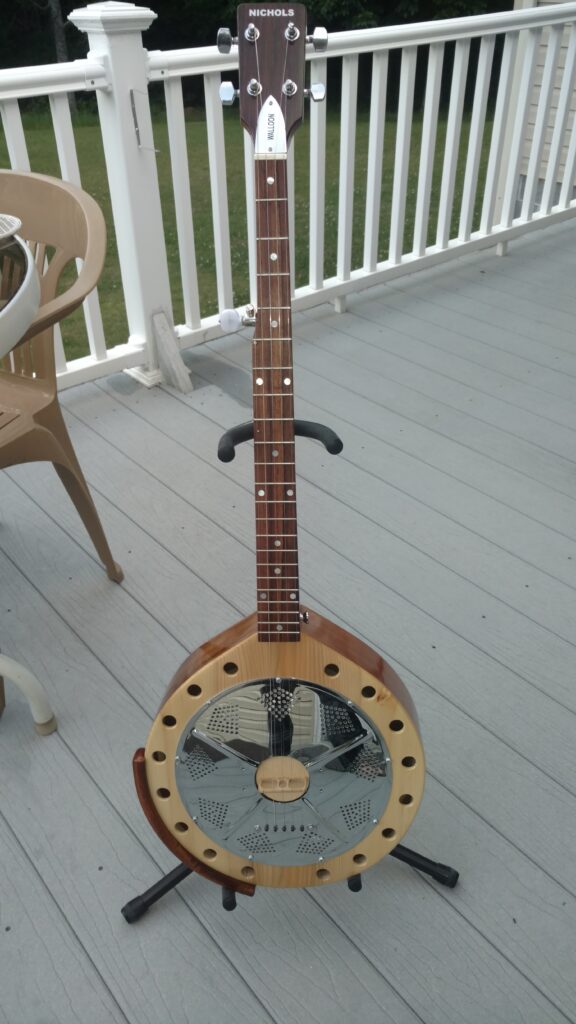
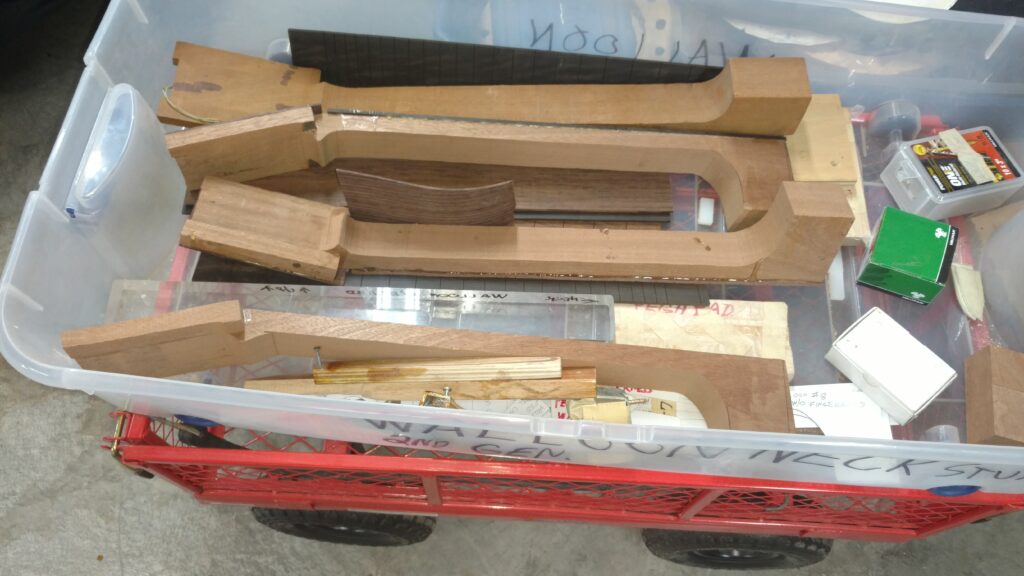
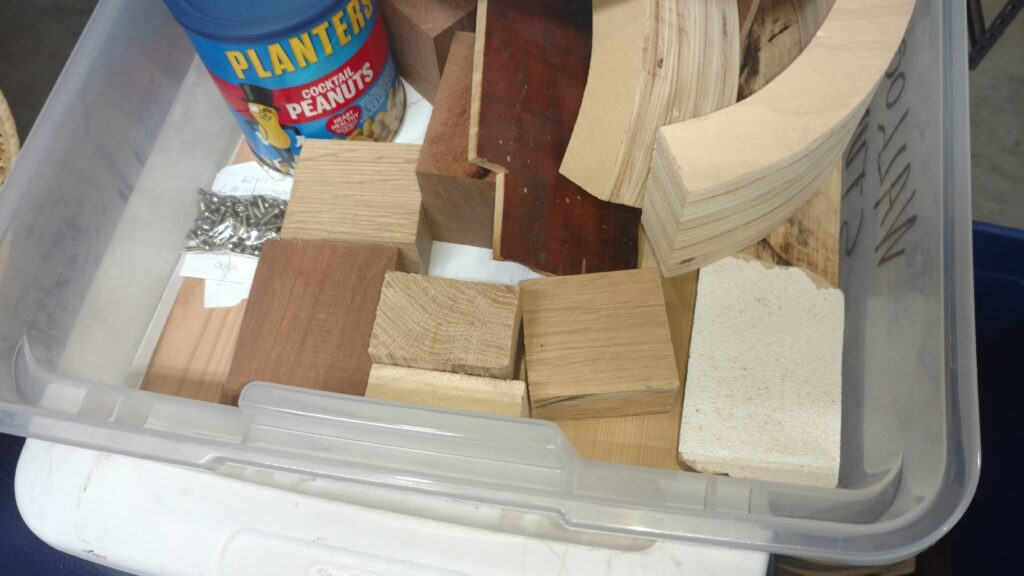
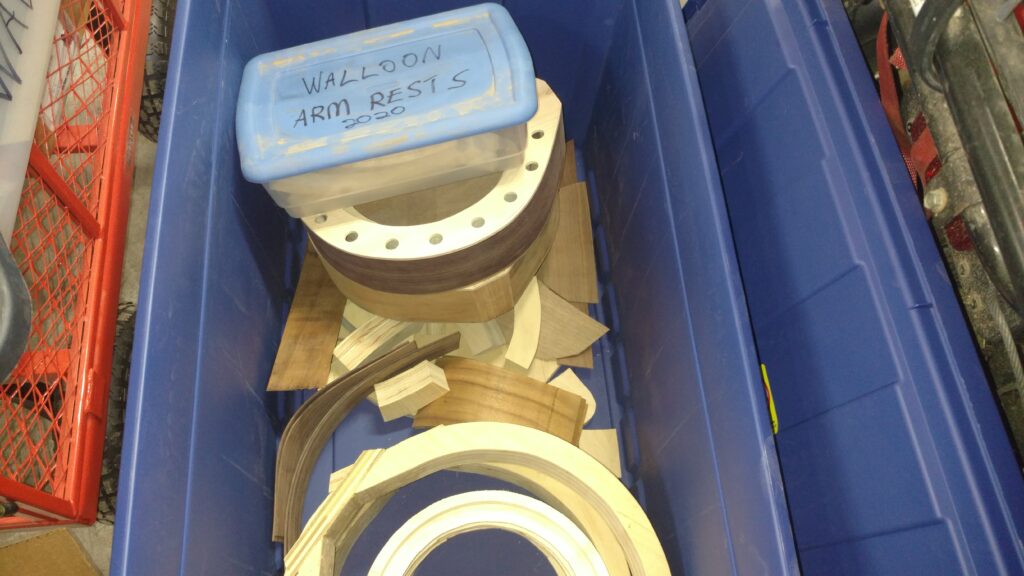
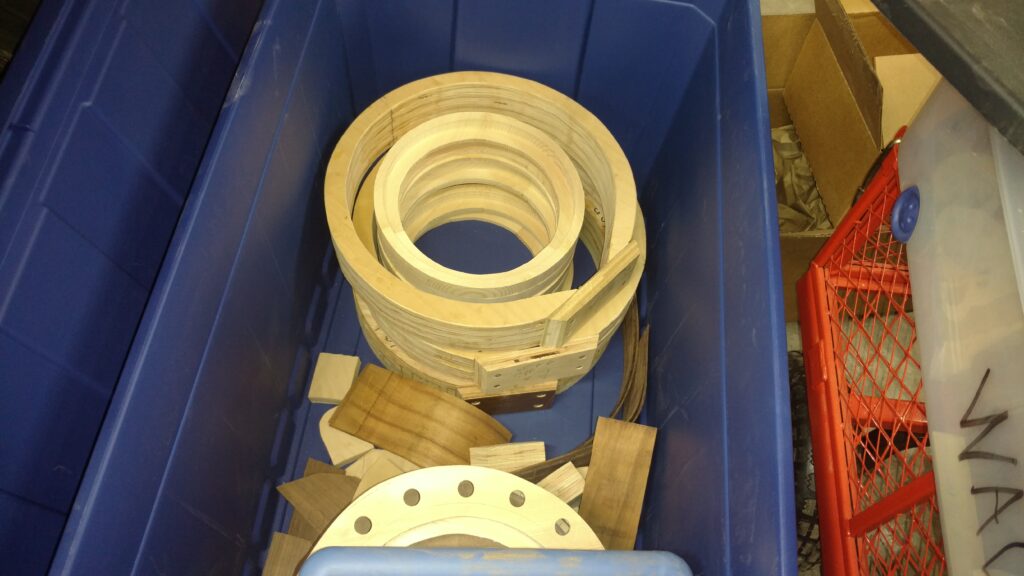
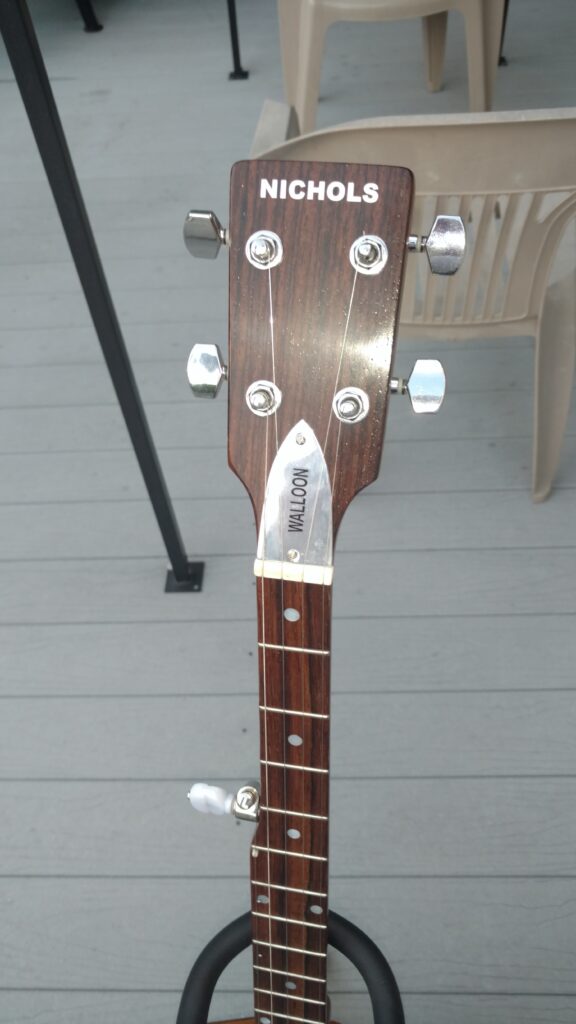
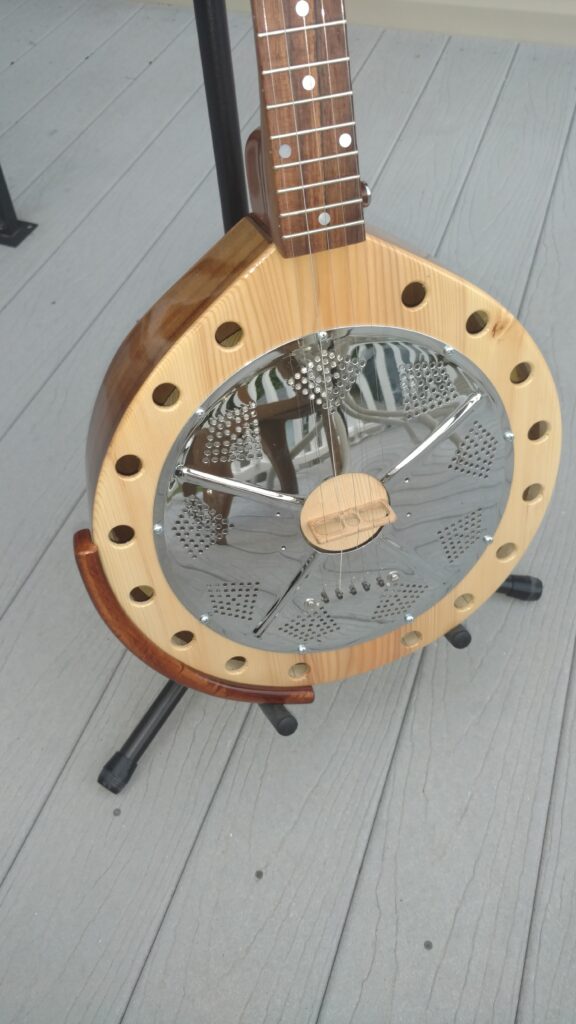
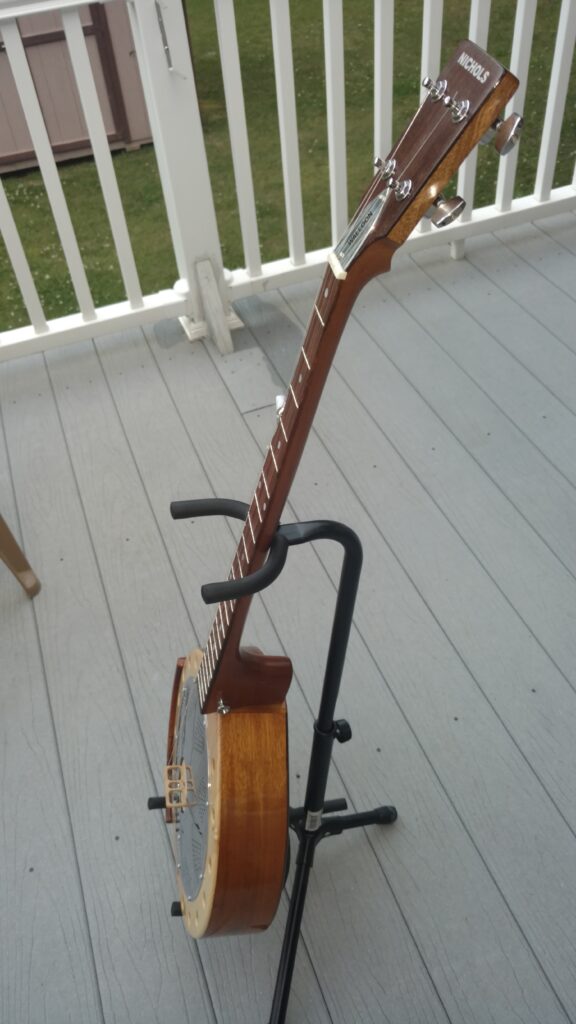
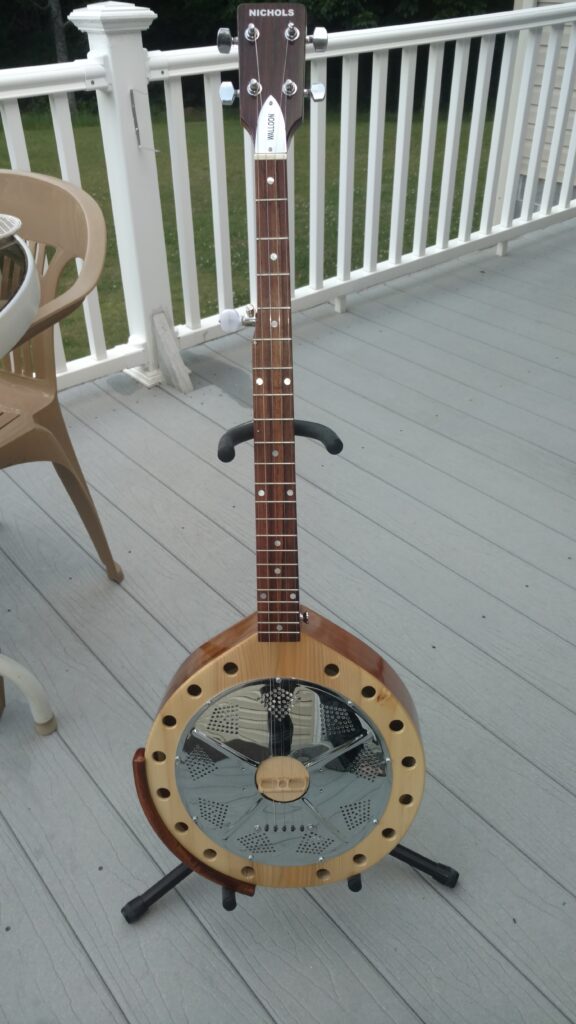
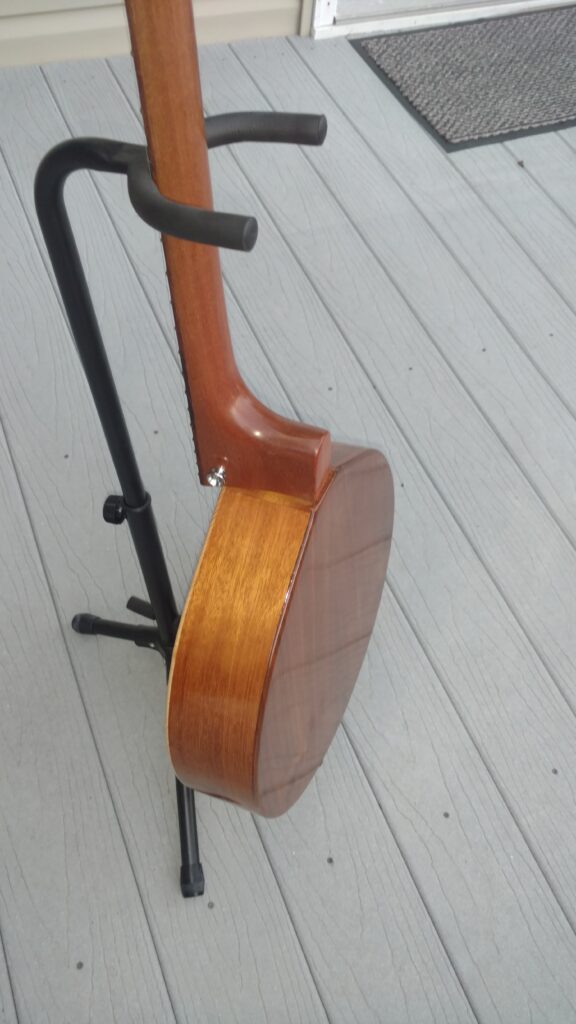
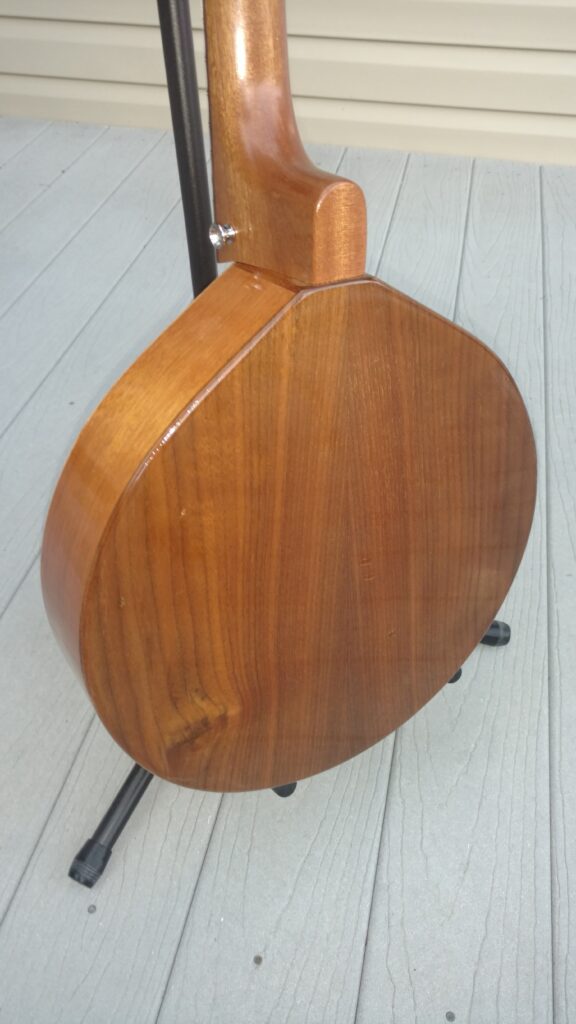
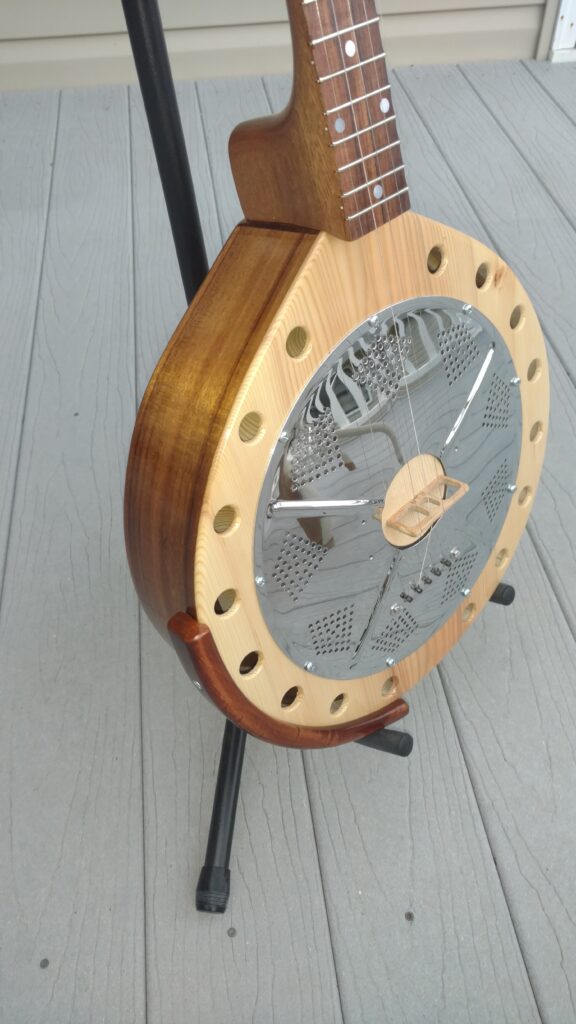
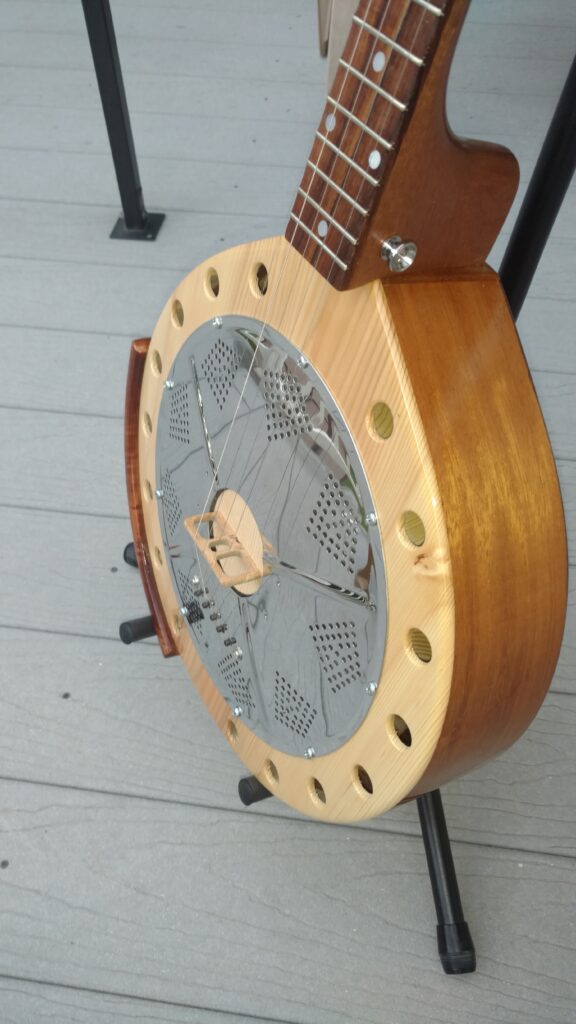
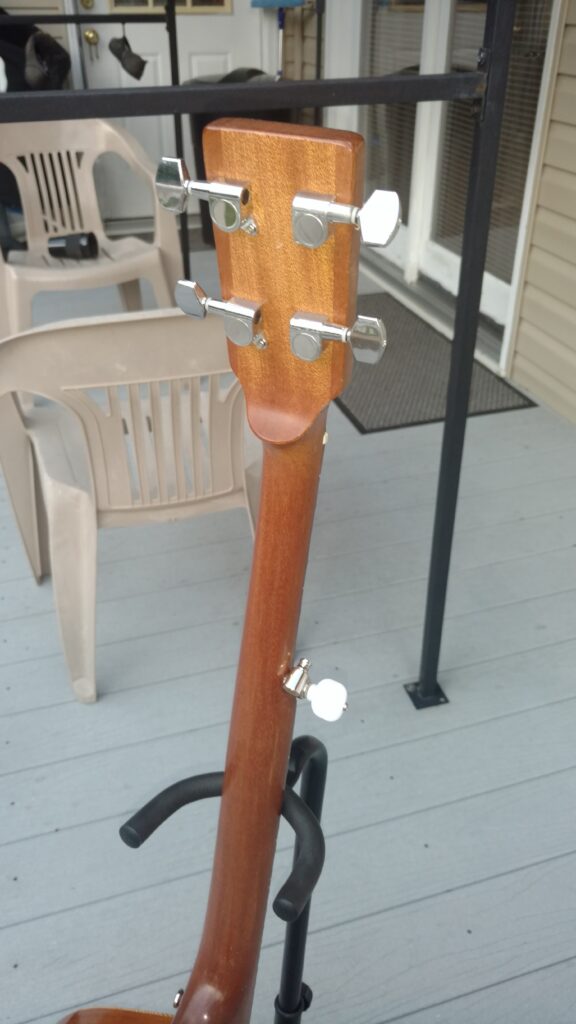
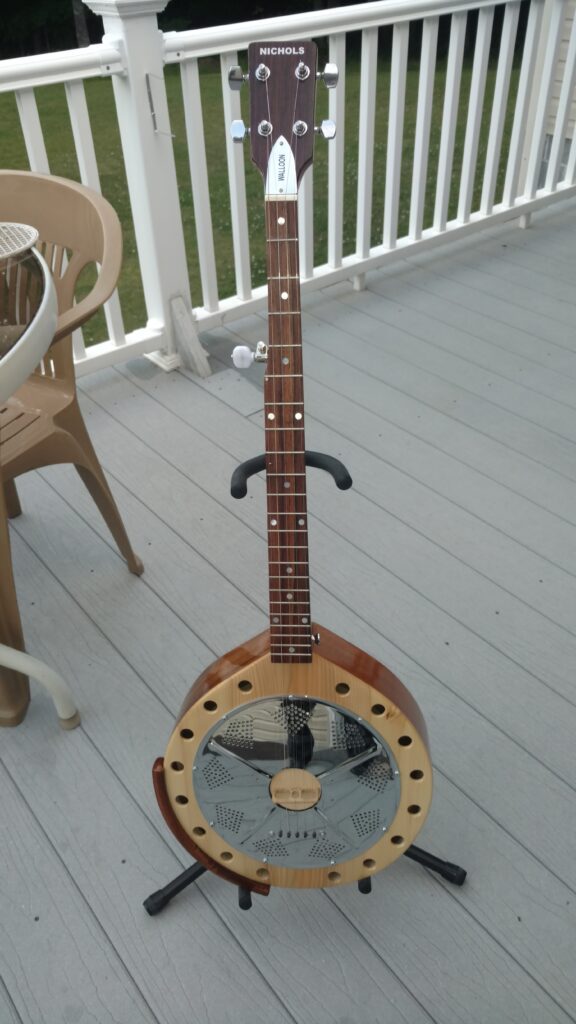
WHAT A CRAFTSMAN YOU ARE. VERY TALENTED MAN
THE CRATSMANSHIP AND SOUND IS BEOND WORDs. THANKS